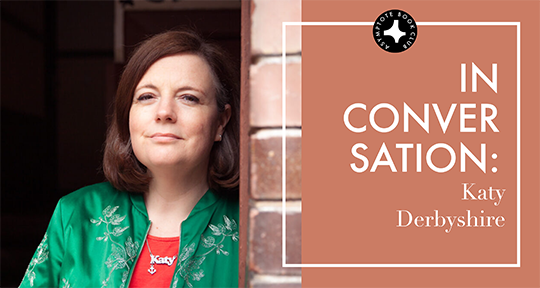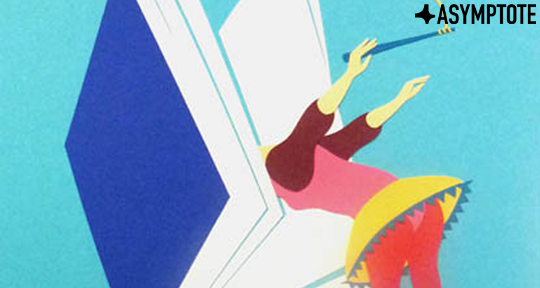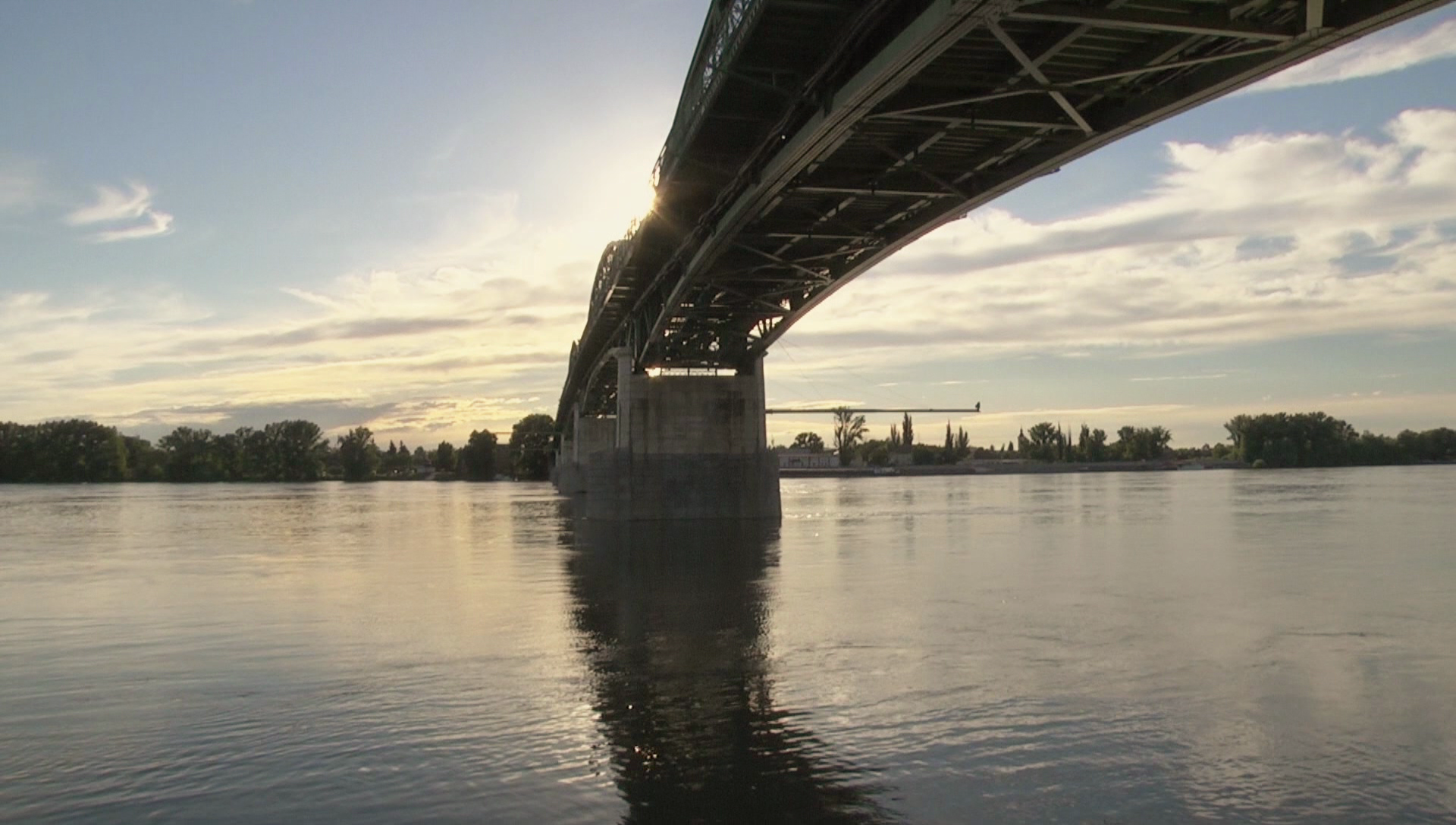Zsuzsanna Gahse’s Mountainish is a folding of dreamscape into landscape—a study of some of earth’s most majestic topographies through the discursive, vivid wanderings of a mind led by its own fascinations. Made up of just over five hundred notes, this compilation of observations, narratives, fantasies, and contemplations track a journey through the Alps in colours, in flanks and peaks, hearsay and memories, macabre moments of comedy, and a continual rumination on the crafting of writing and composing. These deft workings of language have been rendered into a fluid and chimeric English by Katy Derbyshire, and she speaks here of Mountainish’s scepticism of mountains, the beauty and comedic tone of the prose, and ‘little narrative islands’.
The Asymptote Book Club aspires to bring the best in translated fiction every month to readers around the world. You can sign up to receive next month’s selection on our website for as little as USD20 per book; once you’re a member, join our Facebook group for exclusive book club discussions and receive invitations to our members-only Zoom interviews with the author or the translator of each title.
Matthew Redman (MR): One of my favourite aspects of Mountainish is when the narrator talks about the mountains and her fear of them; there is a kind of a mistrust of the mountains poking through a lot of the time, expressing itself in a lack of awe, a lack of overwhelm. When she’s faced with these mountains, it’s more like she’s peering at them, or stealing glances.
Katy Derbyshire (KD): Well, the narrator gives us that in the very first of her notes, when she starts off with this drive through the Alps and is terrified that they’re going to collapse onto her—and I think that continues all the way through. It really endeared me to the book, her scepticism. We, the two of us, between ourselves, we called ourselves ‘mountain sceptics,’ because Zsuzsanna doesn’t just accept this Swiss myth of the mountains’ magnificence. She sees the beauty, very much so, but she also sees the insularism—which she calls racism sometimes—and she sees the expectations and the narrow-mindedness that comes along with the landscape. READ MORE…



